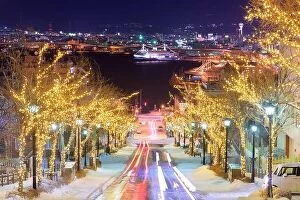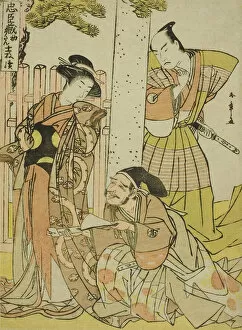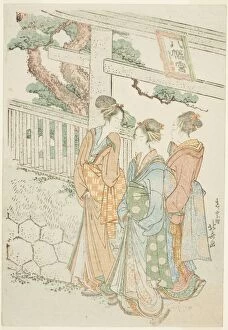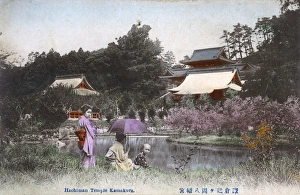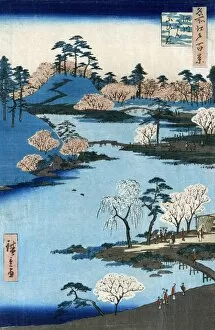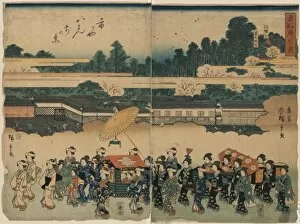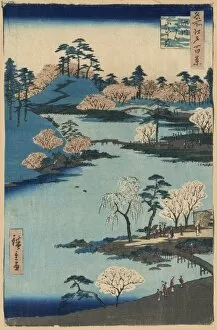Hachiman Collection
Hachiman, a name that resonates with the rich history and cultural heritage of Japan
All Professionally Made to Order for Quick Shipping
Hachiman, a name that resonates with the rich history and cultural heritage of Japan. From ancient times to modern days, it has been revered as a deity and symbol of protection. In 1895, A Book of Coloured Photographs showcased breathtaking views of Japan, capturing the essence of Hachiman's spiritual presence. The Tsurugaoka Hachiman Shrine stood tall in all its glory, inviting visitors to immerse themselves in its sacred aura. Chushingura, an epic tale known as Treasury of the Forty-seven Loyal Retainers, depicted scenes from Act One at the Tsurugaoka Hachiman Shrine. This masterpiece illustrated the unwavering loyalty and devotion associated with Hachiman's name. The year 1803 witnessed visitors flocking to the Hachiman shrine, seeking solace and blessings amidst its serene surroundings. Renowned artist Hokusai immortalized this moment through his vivid brushstrokes in a captivating woodblock print. Fast forward to 1844 when a vibrant festival unfolded at Kotac Hachiman Shrine. Colorful celebrations filled the air as people rejoiced under Hachiman's watchful gaze. Kamakura became synonymous with Tsurugaoka Hachimangu - Shinto Shrine - an architectural marvel nestled amidst nature's embrace. Its grandeur attracted countless pilgrims who sought guidance from this divine entity. An actor donning the role of "Hachiman Taro Yoshiie" brought this legendary figure to life on stage—a testament to how deeply ingrained Hachiman is within Japanese culture and performing arts. Felice Beato captured another shrine dedicated solely to honor Hachiman in Kamakura—an image that stands as a tribute to centuries-old traditions upheld by devoted worshippers. Inside Fukagawa Hachi-mangA keidai lies yet another sanctuary where believers gather during auspicious occasions such as Year of the Ram.


